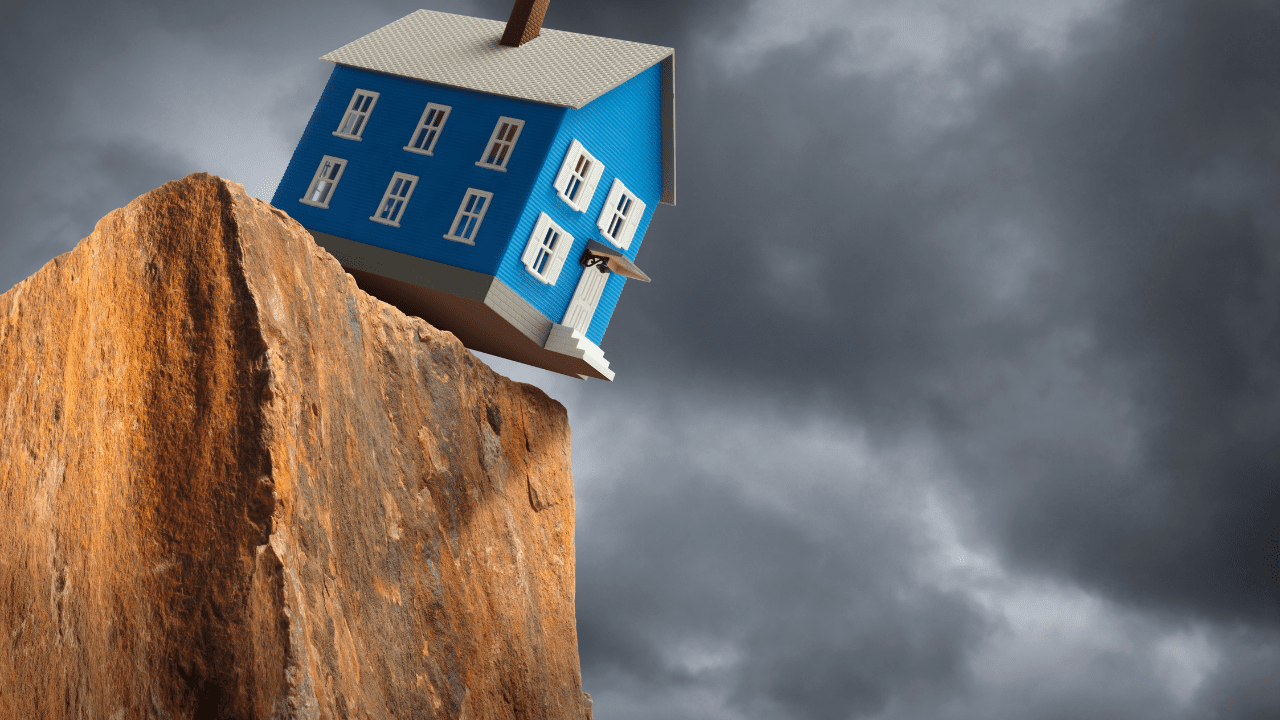In 2008, the world witnessed an economic catastrophe unlike any other in recent history—a housing crisis that not only devastated the United States but also had far-reaching effects globally.
This event challenged our understanding of financial stability, triggering fear, uncertainty, and a reevaluation of regulatory frameworks. Here, we delve into the origins, consequences, and the lasting lessons from the 2008 crisis.
🔔 Please subscribe to our Youtube channel
The Origin: A Tumultuous Start
The seeds of the crisis were sown through reckless lending practices and the proliferation of mortgage-backed securities. Subprime mortgages, characterized by their high risk due to being lent to borrowers with poor credit histories, became commonplace.
Financial institutions, blinded by the short-term gains in a booming housing market, overlooked the potential dangers these loans posed.
The situation worsened with the introduction of mortgage-backed securities—complex financial products that bundled these risky loans and sold them to investors.
The idea was to spread out the risk; however, when the housing market collapsed, so did the value of these securities. High-profile entities like Fannie Mae and Freddie Mac found themselves in dire straits, culminating in a government bailout that underscored the fragility of the financial system.
The Aftermath: A World Recalibrated
The fallout from the crisis was profound, leading to the worst economic downturn since the Great Depression. The Great Recession, as it came to be known, prompted a global reassessment of financial regulation and oversight.
In the United States, this led to the creation of the Troubled Asset Relief Program (TARP) to stabilize the financial system, along with the establishment of the Financial Stability Oversight Council (FSOC) and the Consumer Financial Protection Bureau (CFPB) to prevent future crises.
Legislation like the Dodd-Frank Act introduced stress tests for banks, curbed risky investments, and implemented the Volcker Rule to limit speculative trading. Banks increased their capital reserves and minimized exposure to subprime mortgages, building a safer financial environment.
Lessons and Legacies: A Path Forward
The crisis was not only a period of hardship but also a crucial learning experience. It demonstrated the importance of vigilance, regulation, and prudent financial practices. Since then, the financial landscape has evolved significantly.
The S&P 500 has seen substantial growth, driven by lower interest rates, quantitative easing, and the rise of tech giants like Facebook, Amazon, Apple, Netflix, and Google.
The 2008 crisis also informed responses to subsequent challenges, including the COVID-19 pandemic. It highlighted the value of learning from past mistakes to navigate future uncertainties. Additionally, the popularity of exchange-traded funds (ETFs) has risen, offering investors diversification and ease of trading.
While the world has moved on, the lessons from 2008 continue to shape financial policies and decisions. The crisis underscored the need for responsible lending, robust oversight, and constant vigilance. It taught us that resilience and strategic planning could help us withstand economic upheavals and emerge stronger.
Conclusion
The 2008 housing crisis was a pivotal moment in financial history, reminding us of the interconnectedness of global economies and the importance of sound financial regulation. As we continue to navigate the complexities of the global economy, the lessons learned from 2008 remain ever-relevant, guiding us toward a more stable and prosperous future.
